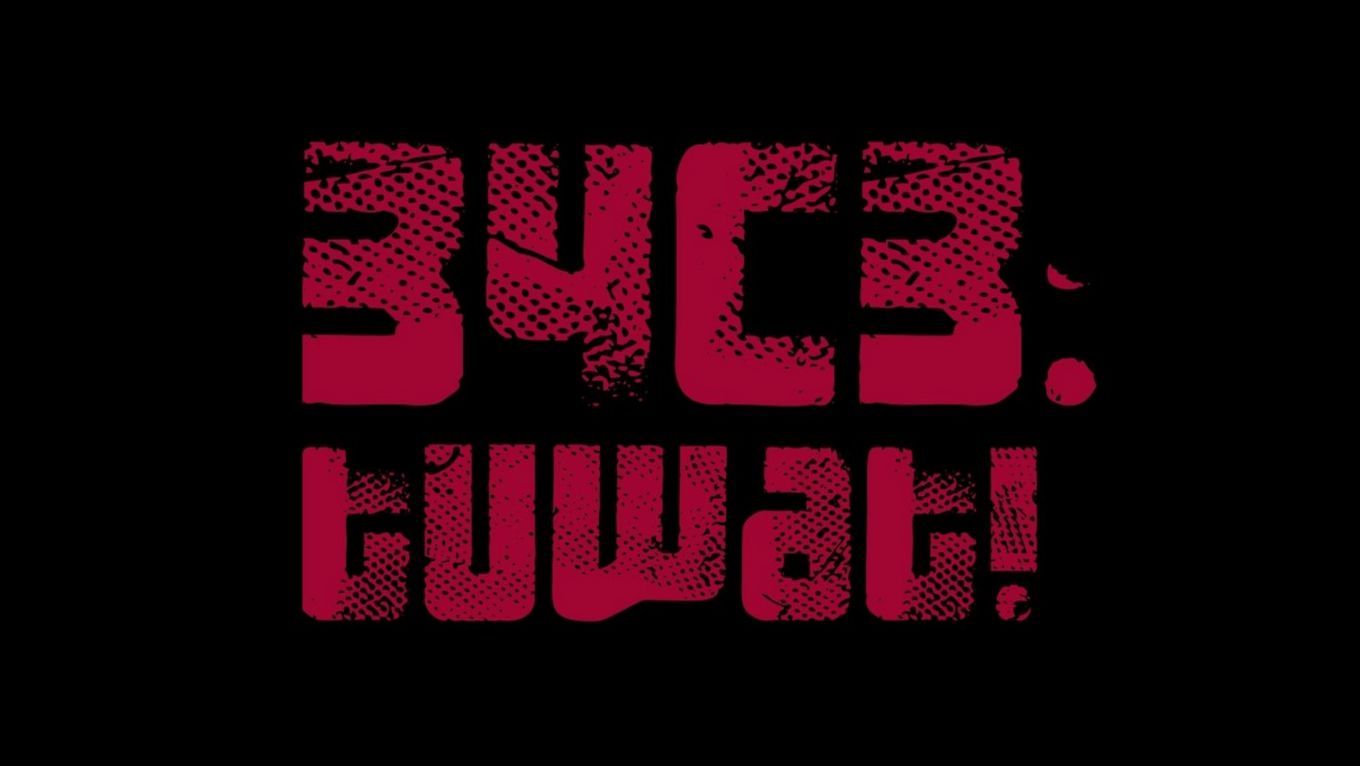Resilience
Hardening Open Source Development
<p>As authors it is our responsibility to build secure software and give each other the chance to verify and monitor our work.
Various flaws in development toolchains that allow code execution just by viewing or working in malicious repositories question the integrity of development environments and as such our projects as a whole.</p>
<p>This talk will discuss practical solutions for both technical and social challenges of collaboration.</p>
Not only the software we build can be flawed, but also its dependencies, our tools or just the process of building it.
Vulnerabilities in shell-integrations, code linters, package managers or compilers can become dangerous vectors of malware infection for developers. Beyond that risk we see software shipped straight from the developers editor to a repository, through the build chain, across the CDN, referenced from the package registry, almost directly to the user. Since even our favorite package managers have demonstrated large scale malware delivery, there is reason to seriously question our ability to guarantee our own products safefy at all.
Deciding to distrust our own equipment and abilities leads us to find solutions that work based on collaboration to gain safety against failure or fraud. Cleanly defined merge and release processes with automated quality enforcement and distributed quorum based verification are essential mitigations that allow others to verify our work.
By sharing lessons learned from 15 years of building software in open-source and enterprise environments I want to raise awareness for security in the development process and present practical solutions.
Additional information
| Type | lecture |
|---|---|
| Language | English |
More sessions
| 12/27/17 |
Gesundheit als entscheidender Teil von Glück und Zufriedenheit ist bis in ihre kleinsten Teilbereiche „durchkapitalisiert“. Und dieser Prozess macht auch vor humanitärer Hilfe und Krisenintervention nicht halt. In diesem Talk gehen wir auf verschiedene Beispiele ein und erklären, wie CADUS mit seinem Makerspace versucht, dieses Problem auf vielen Ebenen zu hacken.
|
| 12/27/17 |
Formal hardware verification (hardware model checking) can prove that a design has a specified property. Historically only very simple properties in simple designs have been provable this way, but improvements in model checkers over the last decade enable us to prove very complex design properties nowadays. riscv-formal is a framework for formally verifying RISC-V processors directly against a formal ISA specification. In this presentation I will discuss how the complex task of verifying a ...
|
| 12/27/17 |
Formal verification of software has finally started to become viable: we have examples of formally verified microkernels, realistic compilers, hypervisors etc. These are huge achievements and we can expect to see even more impressive results in the future but the correctness proofs depend on a number of assumptions about the Trusted Computing Base that the software depends on. Two key questions to ask are: Are the specifications of the Trusted Computing Base correct? And do the implementations ...
|
| 12/27/17 |
We shall explain the renewed interest in mix networks. Like Tor, mix networks protect metadata by using layered encryption and routing packets between a series of independent nodes. Mix networks resist vastly more powerful adversary models than Tor though, including global passive adversaries. In so doing, mix networks add both latency and cover traffic. We shall outline the basic components of a mix network, touch on their roles in resisting active and passive attacks, and discuss how the ...
|
| 12/28/17 |
In the past decade, machine learning researchers and theorists have created deep learning architectures which seem to learn complex topics with little intervention. Newer research in adversarial learning questions just how much “learning" these networks are doing. Several theories have arisen regarding neural network “blind spots” which can be exploited to fool the network. For example, by changing a series of pixels which are imperceptible to the human eye, you can render an image ...
|
| 12/28/17 |
Systems are getting increasingly complex and it's getting harder to understand what they are actually doing. Even though they are built by human individuals they often surprise us with seemingly bizarre behavior. DTrace lights a candle in the darkness that is a running production system giving us unprecedented insight into the system helping us to understand what is actually going on. We are going implement `strace`-like functionality, trace every function call in the kernel, watch the scheduler ...
|
| 12/28/17 |
Hacker culture overcomes limitations in computer systems through creativity and tinkering. At the same time, hacker culture has shaped the practice of software development to this day. This is problematic - techniques effective for breaking (into) a computer systems are not necessarily suitable for developing resilient and secure systems. It does not have to be this way: We can approach software development as a methodical, systematic activity rather than tinkering, and teach it accordingly. ...
|

